Considering dog ownership and wondering where to begin? Look no further!
In this guide to dog training, we’ll tell you how to choose the right dog, establish a trusting relationship, and communicate effectively to make training a breeze.
Before You Train: Choosing Your Dog
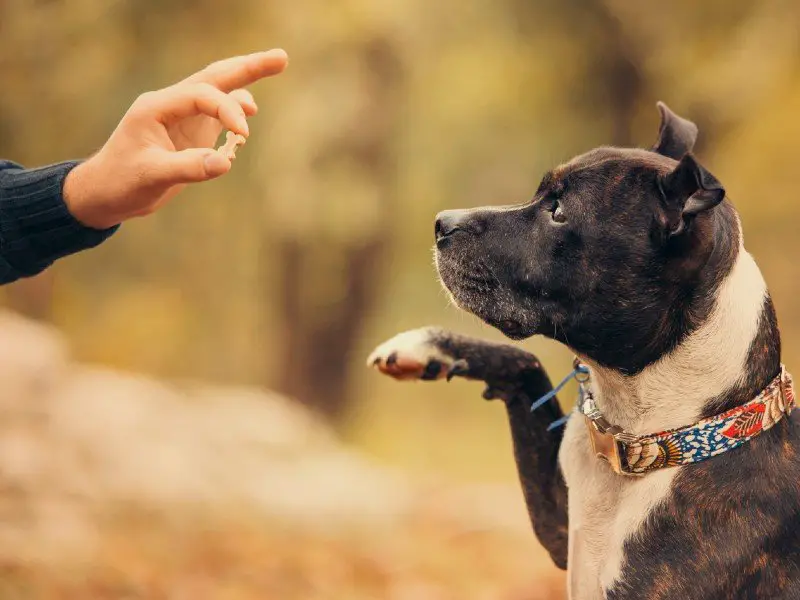
Choosing the right dog for you is an important prerequisite to a positive experience with training and dog ownership in general.
If you already have a dog, feel free to skip this section. Or don’t! Even if you’ve had your companion for a while now, considering breed characteristics and individual temperament is an important prerequisite to training.
Whether you’re buying a puppy or adopting an older rescue, it’s important to consider the main traits of each breed. Even for mixed breeds, researching the types of dogs in a particular mix will give you a good idea of how big a puppy will grow and what its temperament will be.
Factors to Consider
Temperament: Do you want a loyal guard dog or a friendly pup to accompany you everywhere you go? Do you know which breeds are generally easygoing, and which are stubborn and independent?
Size: If this is your first puppy, be careful you don’t choose one that will someday be big enough to drag you down the street! Don’t go expecting your five-pound pup to grow into a 70-pound dog, either. Keep in mind the expected adult size of your dog and how much they’ll need to eat each day.
Exercise: Be very mindful of how much activity each breed needs. If you’ll only have time for a walk around the block each day, don’t bring home an Australian Shepherd.
Intelligence: Some dogs are highly intelligent and responsive, which may make them easier to train than others. But intelligent dogs can become easily bored and even destructive without adequate stimulation.
Coat: Most dogs shed. Some dogs shed A LOT. Hypoallergenic breeds include Poodles, Portuguese Water Dogs, and Airedale Terriers.
Dog Training Basics
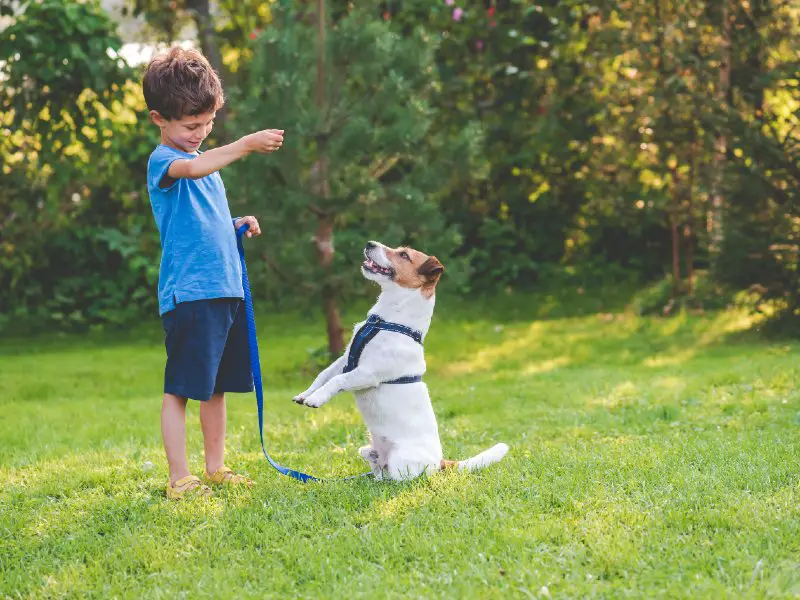
Establish Trust
Whether you’re adopting a puppy or an older dog, the most important thing to do is to establish a secure and loving relationship. Give them loving attention and time to adjust to a new environment. Never hit or yell at your dog.
House Training
It’s usually quite easy to teach dogs, even young puppies, not to pee in the house.
Set them up for success by taking them outside frequently and praising them when they pee in the proper place. If you see a puppy begin to pee on the floor, quickly interrupt them (no need to scold) and take them outside. If you’re too late, simply clean up the mess and be sure to give them more frequent opportunities to pee outside.
It’s not natural for an animal to urinate or defecate in its den, and dogs are pack animals who want to please. If your house is large, a puppy might be confused about what counts as outside — concrete and kitchen tiles aren’t so very different.
Consider keeping your puppy confined to a small area. Put them in a kennel at night. Set up a puppy playpen in your kitchen or home office to keep a close eye on them. Puppies are less likely to pee inside if they are confined to an area they recognize as their space. Don’t give them the chance to go hide behind a chair.
Crate Training
In the previous section, we mentioned placing your dog in a crate overnight.
But isn’t it cruel to lock a puppy in a cage?
Actually, most dogs love their crates! It’s natural for dogs to seek out a safe nook, a den where they can rest and relax. Crate-trained dogs will go into their crates independently when they’re ready for a nap.
Start by choosing the right sized crate. Your dog should be able to stand up and turn around comfortably, but it shouldn’t be big enough for your puppy to pee in one end and sleep at the other. Many crates come with dividers so that you can adjust their capacity as your dog grows.
Place the crate in a common area so your puppy won’t feel isolated and alone.
Use treats, toys, and loving attention to help your puppy form positive associations with the crate. Don’t lock them in just yet. Feed them meals in the crate.
When you first shut them in the crate, do so for a few minutes at a time.
Give them a special treat or toy to help make this a positive experience. Small puppies should be let out frequently for a pee break and some love; don’t expect young puppies to be able to stay in the crate by themselves for more than a few hours, even at night.
Puppy Motivation
Most dogs are highly motivated by food. A variety of high-value treats (something that they enjoy more than their daily meals) will help you to keep your dog’s attention. Keep these treats quite small so that you don’t fill up their stomach too quickly while training.
Some dogs are less motivated by food and will pay more attention if they’re hungry. Other dogs are SO food-driven that they may be spastic and distracted if you try to train them before they’ve had a good meal. See what works best for you and your pup!
You may find that your dog has other priorities. Some dogs truly want nothing more than a kind word and a pat on the head. Others are far more interested in toys than anything else. Find out what motivates your dog, and use that as an incentive to training.
Clicker Training
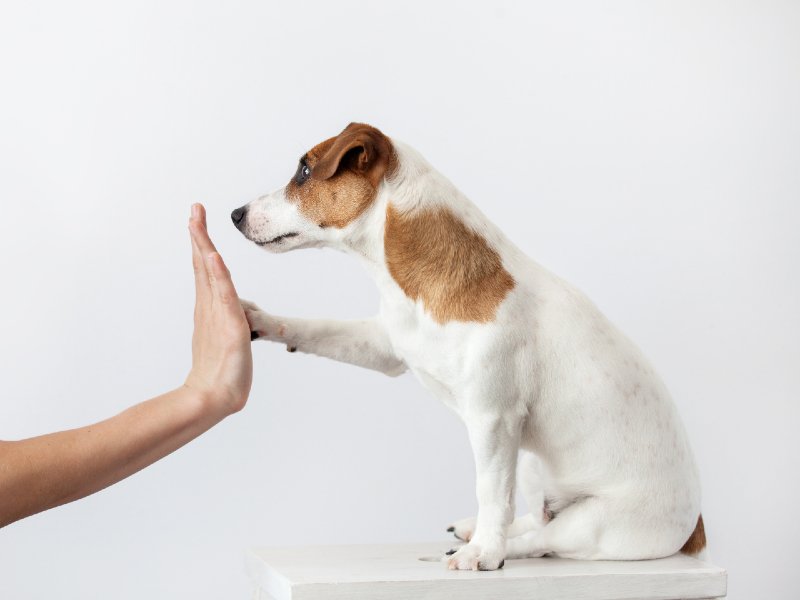
You’ve heard of Pavlov’s dog? Some modern trainers do something similar: they train dogs to associate a certain sound with a positive reward and use that sound to signal the dog when they respond correctly to a command or signal.
The most common way to do this is with a clicker and treats.
When the desired behavior is followed almost immediately by a click and followed up with a treat, it’s very easy for a dog to understand what’s expected of them. Good training is all about effective communication.
Start by simply pairing the clicker with a reward. If your dog knows how to sit on command, you can start there.
Sit – Click – Treat – Repeat
If you’re working with a young puppy who doesn’t respond to any commands yet, you can simply click the device each time you feed them a treat so that the puppy begins to associate this noise with a reward.
You can also use the click-reward method to capture good behavior, such as greeting guests without barking.
Sit
Puppy doesn’t know how to sit on command yet? Don’t worry, it’s easy!
Set your puppy up for success by placing them with their back on a wall or piece of furniture. This will encourage them to sit instead of backing away.
Get your puppy’s attention with a treat or toy. Bring the treat close to their face without letting them eat it. Slowly bring it up over their head. They’ll naturally follow the treat with their eyes, and their rear end will plop to the ground.
Immediately say “Sit! Good!” or click your clicker, and let the puppy have the treat.
Repeat this multiple times a day until your puppy sits on command.
Down
The process is very similar. First, tell your pup to sit. Good dog!
Now, slowly draw the treat straight down from their nose. When they plop to the floor, say “Down! Good!” And repeat!
Come
Most puppies will naturally run to you if you call them. Start off in an environment with zero distractions. Call their name, and reward them when they run to you.
Add in Distractions
The real trick is training your puppy to obey your commands even when there’s something better to do!
Find a quiet spot outside. With your puppy still on a leash, practice the commands you’ve worked on at home. Let them wander to the end of the leash, call them back, and reward them with treats and lavish praise.
Gradually add more distractions like other dogs, people, and treats. Train your dog in a variety of settings. First your house, then the yard, a quiet park, nature spots, a busy dog park… Start with a short least, progress to the longest leash you can find, and then test their recall off-leash (in a safe, fenced area).
Teach your dog to respond to you under any and all conditions, and you’ll have a wonderful companion for life.

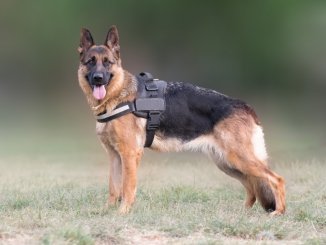
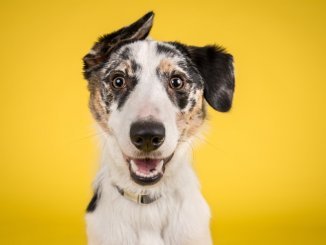


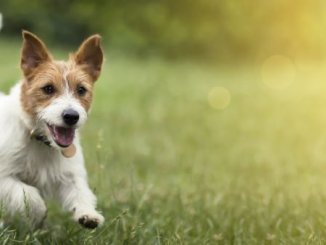
Be the first to comment